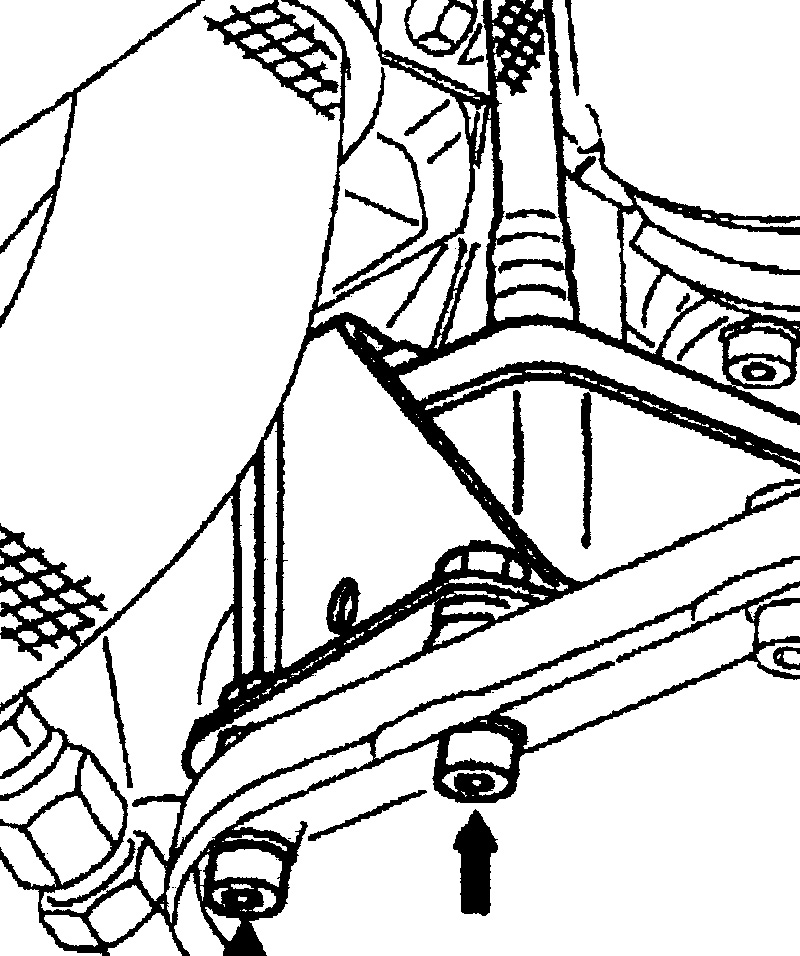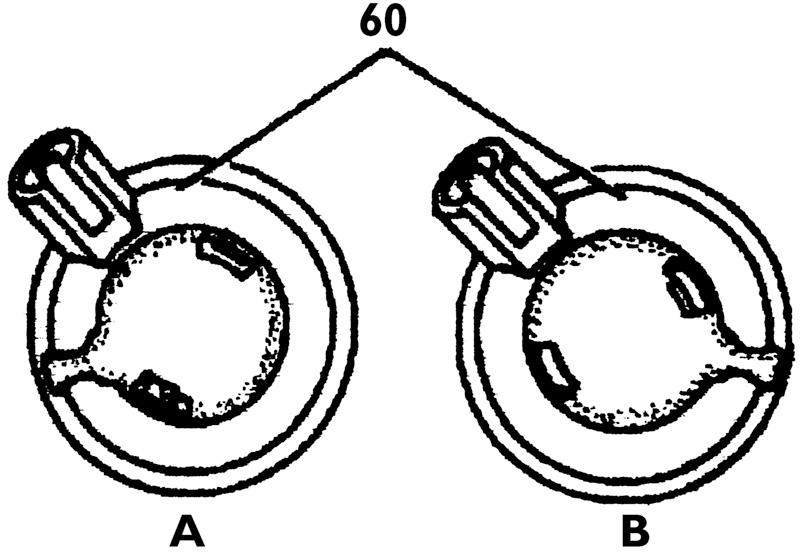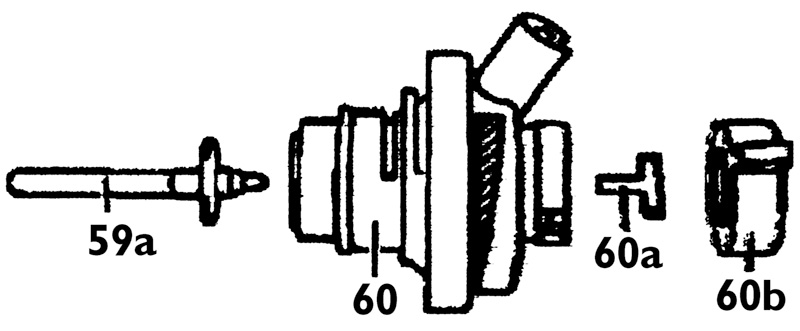These suggestions and solutions for technical problems come from service bulletins and other technical sources at Mercedes-Benz. They are selected and rewritten for independent repair shops. Your Genuine Mercedes-Benz Parts source can obtain any item designated by a part number.
Reading the Whole Story All Models
When reading DTC’s out from a control unit, don’t just look at the scanner until a number with some plausible connection to your customer’s complaint turns up. Read everything the system has recorded as faults, because some types of faults can result in setting other DTC’s. If you don’t know what all the recorded problems are or don’t understand the interworking of the various subsystems, you may be working to correct an effect rather than a cause.
00/99
 Mystery Coolant Loss Most Models
Mystery Coolant Loss Most Models
The radiator reserve tank loses antifreeze regularly, but there’s no indication of a leak anywhere, no sign of a bad head gasket, no source of loss available to regular inspection. It can’t just be soaking into the metal. Where’d it go?
 One possibility is the water pump seal. You’ve checked that, you say, and find no seepage at the weep hole? Perhaps this car was retrofitted with a drain pipe for the water pump, a tube from the weep hole down below the oilpan parting surface, dropping any loss below the point where it would be conspicuous. Virtually every Mercedes-Benz engine either came with such a tube if the car is recent or could have been retrofitted with one previously. If you didn’t know what it was, you may have overlooked the pipe, thinking it was some sort of coolant recirculating bypass. Check under the pump housing right where the shaft comes through; the weep hole is generally in the space between the support bearings.
One possibility is the water pump seal. You’ve checked that, you say, and find no seepage at the weep hole? Perhaps this car was retrofitted with a drain pipe for the water pump, a tube from the weep hole down below the oilpan parting surface, dropping any loss below the point where it would be conspicuous. Virtually every Mercedes-Benz engine either came with such a tube if the car is recent or could have been retrofitted with one previously. If you didn’t know what it was, you may have overlooked the pipe, thinking it was some sort of coolant recirculating bypass. Check under the pump housing right where the shaft comes through; the weep hole is generally in the space between the support bearings.
Here’s where it is on several engines. On other engines, it’s in a similar position. At least one 8-cylinder even has a small overflow tank at the end of the pipe.
20-2255
 Shift Softening All Vehicles with Transmissions 722.3 & 722.5
Shift Softening All Vehicles with Transmissions 722.3 & 722.5

As of late 1992, vehicles with these transmissions came with an adjustable vacuum modulator, enabling you to reduce the force of the transmission engagement for owners who favored a gentler ride over more sportive shifting (perhaps with some effect on clutch durability). There is a rotatable switch/valve at the outside of the modulator which rotated full counterclockwise will soften the applied shift vacuum pressure by 0.2 bar.
If the motorist wants still more reduction in the shift engagement pressure, you can remove the cap, turn the adjustment key (60a) still more counterclockwise and apply a new cap. The cap is destroyed by removal, so you have to obtain a replacement cap prior to this work.
27/90






0 Comments